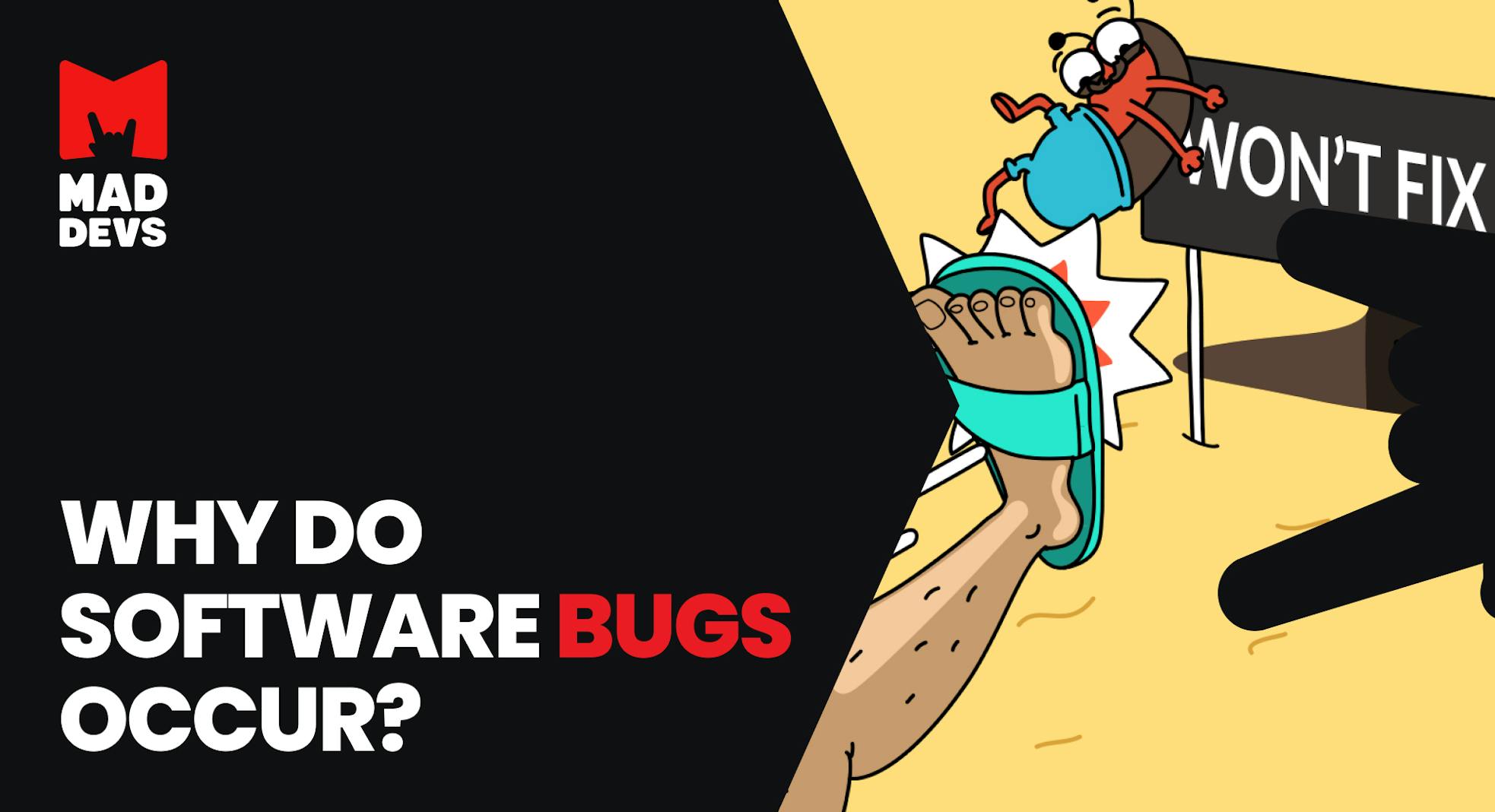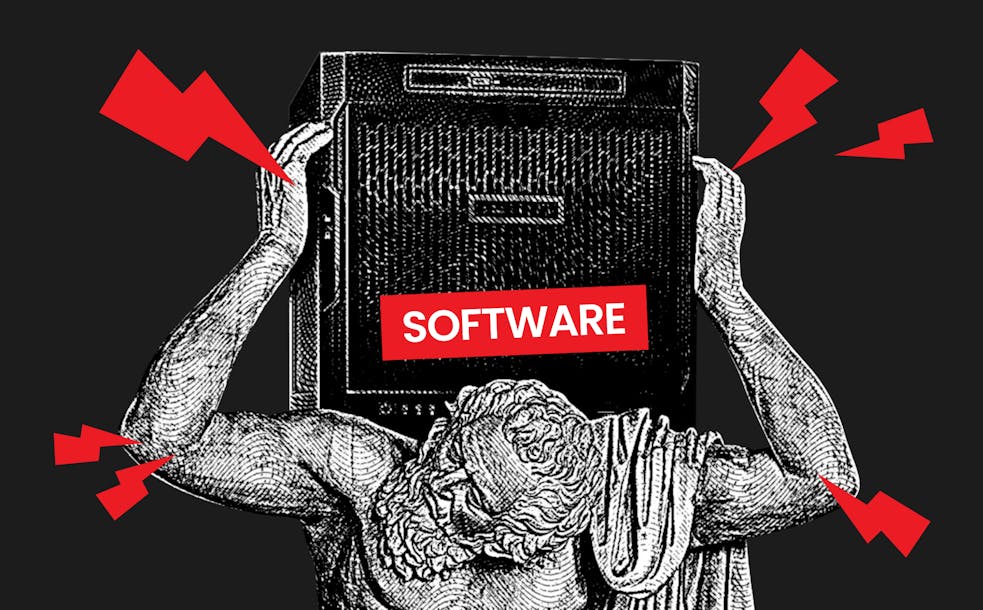So, software bugs: what are they and why do they occur? Most likely, you know the reply to the first question. We all deal with software in everyday life, and it happens that sometimes, a program doesn't work as expected. In most cases, it is connected with a coding error called a bug.
Why do the bugs appear though and why clients, even though they might hire an experienced team of developers, still have to pay for code with imperfections? Yep, it doesn't always depend on a developer whether the product is going to function as expected. It depends on many factors, and you better learn more about them if you want to eliminate the possibility of bug occurrence.
Unclear software requirements
It happens sometimes that a client cannot specify what functionality the product shall have. It becomes especially problematic if the product is completely new and the developer cannot compare the requirements with those of similar products.
When the requirements are changing constantly, it also causes bugs. For example, when one feature shall be removed, and it is linked to other software components, its removal will cause a bug if the issue is overlooked. Sometimes, fixing a bug in one component might result in a new bug in a different component. If the developer cannot anticipate such issues, the number of bugs might be increasing instead of dropping.
Version control is absent or insufficient
If there are a lot of so-called regression bugs and if they occur regularly, you need to check the version control system. Such bugs occur if there is no version control system or if the current versions of every new module are not linked as required.
No skilled testing or prevalence of automation testing
Some companies tend to take testing lightly or ignore it at all. The lack of skilled testers, shortcomings in the procedure of testing, not giving enough importance to the procedure might result in bugs creeping the software.
Programmers can make errors. If at later stages, the product hasn't been tested properly, if a QA stage was eliminated or reduced, such errors aren't fixed. Thus, bugs are inevitable.
It happens that at later stages of a project, the team or a developer has to be changed. If previously, coding standards were not followed, the knowledge transfer was not completed properly, the coding documentation was incomplete or incorrect, bugs will occur. It is more difficult to deal with such bugs because new specialists have to check the entire system to find out the errors that cause bugs.
When a developer discards a code part in software, it can also cause a bug. To eliminate the bug, the old code train in all software parts shall be found and removed. When the project is big, finding such issues is difficult.
There are companies that depend too much on automated testing. Automated testing tools are good but without human intuition and proper management by an experienced tester, they might not detect all the errors.
Last-second changes
When everything is done, and the product is up to be released, any changes in functionality, platform, infrastructure might lead to bugs. Usually, such changes cannot be developed neither can they be implemented properly. Needless to mention testing and QA stages – they are ignored at all. Thus, there is nothing surprising that problems occur.
Bugs might be contained in third-party tools
In some cases, developers have to use third-party tools for your product. Such third-party tools are used most frequently:
- HTML editors;
- Debuggers;
- Plug-ins (shopping cart, etc.).
It happens sometimes that these tools contain bugs, and they pass onto your solution.
Can the software be fixed at later stages?
Theoretically, any software can be fixed at later stages of its development. The other thing is though that after a particular point, such fixes and maintenance might become too expensive, labor- and time-demanding.
This price that a company has to pay for having chosen once a simpler, cheaper, faster option is called technical debt. The more compromises were made, the more work and expenses will be needed in the future to maintain the product, implement new features, and fix occurring bugs. At some point, the maintenance and fixing issues might demand more effort than developing and implementing new features. Moreover, with time, it becomes more complicated for a developer to find out the reasons for the issues.
At some point, it becomes easier and cheaper to develop new software rather than fixing the old product.
How to avoid technical debt?
The more reliable way to avoid technical debt is to do everything properly from the very beginning. The requirements for the product shall be clearly defined and described. All the needed documentation shall be in proper condition and be available (if new developers are onboarded, will they be able to understand the project and start from the needed stage after having studied the documentation?). Every new feature shall be tested and bugs, if any, shall be eliminated. All the stages, even testing and Quality Assurance shall be completed as required.
Be ready that it will take time, money, and effort. This is the only way to get a scalable project that will serve the business for long time.













